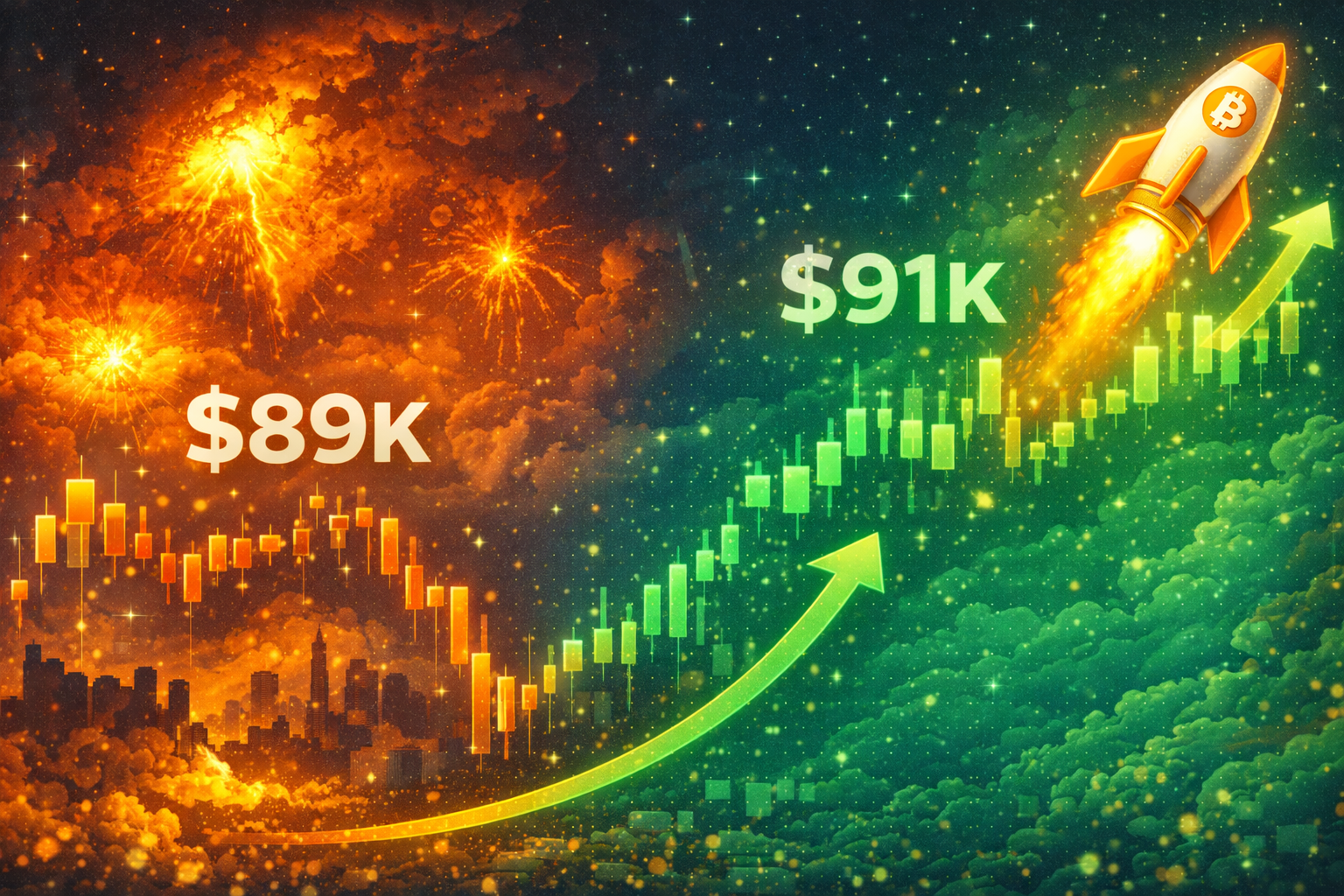Airdropped tokens are a fantastic bonus for crypto holders, but without the right precautions, these free assets could become vulnerable to hackers and scams. Whether you’ve received tokens as part of a new project launch or as a reward for your loyalty, knowing how to secure your airdropped tokens is essential to protect your digital assets.
In this article, we’ll cover the best practices for storing and managing your airdropped tokens. From setting up secure wallets to avoiding common airdrop scams, here’s everything you need to know.
1. Use a Secure Wallet
The first step in protecting your airdropped tokens is using a secure crypto wallet. Not all wallets offer the same level of security, so it’s essential to choose the right one. The two main types of wallets you can use are hot wallets and cold wallets.
1.1. Hot Wallets
A hot wallet is a software-based wallet connected to the internet. Examples include MetaMask or Trust Wallet. Hot wallets are more convenient for daily use but are more vulnerable to hacks because they are always online.
For small amounts of airdropped tokens, a hot wallet is fine, but it’s crucial to enable additional security features, such as:
- Two-factor authentication (2FA): This adds an extra layer of security beyond just your password. With 2FA, you will need to confirm your identity via a secondary device before accessing your wallet.
- Strong password protection: Avoid using simple or repeated passwords. Consider using a password manager to generate and store complex passwords securely.
1.2. Cold Wallets
Cold wallets are offline hardware wallets that store your tokens safely away from internet threats. Popular cold wallets include Ledger and Trezor. These wallets provide the highest level of security, making them ideal for storing large amounts of airdropped tokens.
For example, if you receive a high-value airdrop, like governance tokens for a popular decentralized finance (DeFi) platform, it’s a good idea to transfer these tokens to a cold wallet for safekeeping. Because cold wallets are offline, they are immune to most hacking attempts, making them the most secure option for long-term storage.
2. Verify the Source of the Airdrop
Before interacting with any airdropped tokens, always verify the source of the airdrop. Scammers often use fake airdrops as phishing attempts to steal your tokens or personal information. To avoid falling victim to these scams, follow these tips:
- Official announcements: Always confirm the airdrop through official project channels, such as their website, Twitter account, or Telegram group. Fake airdrops often mimic legitimate projects, so it’s important to double-check any announcements.
- Check wallet permissions: Some airdropped tokens may require wallet permissions to access or transfer. Be cautious about granting unnecessary permissions. For example, if an airdrop asks for “infinite spending” permissions, it could drain your wallet. Always limit the permissions you provide.
- Use reputable tools: Tools like Etherscan allow you to check the legitimacy of tokens and transactions. Verify that the tokens you’ve received match the smart contract addresses listed by the project.
3. Beware of Fake Airdrop Scams
Unfortunately, fake airdrops are common in the crypto space. Scammers often lure users by promising free tokens, only to steal their existing funds once they interact with the malicious tokens. Here are some common red flags to watch out for:
- Unexpected airdrops: If you receive tokens you weren’t expecting, especially from projects you’ve never interacted with, be wary. Scammers use this tactic to trick users into engaging with the malicious contract.
- Too-good-to-be-true offers: If an airdrop is promising an unusually high number of tokens or seems too generous, it’s likely a scam. Always verify the legitimacy of the offer through official channels.
- Fake website links: Scammers often create websites that look identical to the original project’s site. Be cautious about clicking on links in airdrop notifications, especially if they ask for private key access or login credentials.
4. Monitor Your Tokens Regularly
Once you’ve secured your airdropped tokens in a safe wallet, it’s important to regularly monitor their status. The cryptocurrency market is volatile, and the value of your tokens could change significantly over time. Monitoring your tokens also ensures you catch any suspicious activity early, allowing you to take action if needed.
4.1. Use Portfolio Trackers
Tools like CoinGecko or Blockfolio allow you to track the value of your airdropped tokens and overall portfolio. These platforms can notify you about price movements, helping you decide when to hold or sell your tokens.
4.2. Set Up Wallet Alerts
Some wallets and blockchain explorers, like Etherscan, allow you to set up notifications for any transactions involving your wallet. This feature ensures you’re immediately aware of any unauthorized transfers or changes in your token balance.
5. Consider Moving High-Value Airdropped Tokens to Multiple Wallets
Diversifying where you store your tokens can help mitigate the risk of losing everything in a single hack or breach. For example, if you receive a substantial airdrop of valuable tokens, consider splitting them across multiple wallets.
This strategy is particularly useful for long-term holders who plan to keep their tokens for an extended period. If one wallet is compromised, you won’t lose your entire portfolio. Using a mix of hot and cold wallets can also provide a balance of security and accessibility for your airdropped tokens.

6. Avoid Engaging with Suspicious Airdrops
Finally, one of the best ways to protect your airdropped tokens is to avoid interacting with suspicious airdrops altogether. This means being selective about which airdrops you participate in and steering clear of any that seem shady or illegitimate.
For example, if a token suddenly appears in your wallet without prior notice or interaction, it might be a dusting attack a tactic where scammers send small amounts of tokens to multiple wallets to track their activity and potentially steal funds. In this case, avoid trading or transferring these tokens. If you’re unsure, you can use tools like Etherscan to research the token and its contract details before making any moves.
Conclusion
Securing your airdropped tokens requires diligence and best practices. Using a combination of secure wallets, verifying the source of the airdrop, and avoiding common scams are essential steps in protecting your digital assets. Whether you’re holding onto your tokens for long-term growth or planning to trade them in the near future, keeping them safe should always be a priority.
For more insights and detailed guides on managing and securing crypto assets, visit our Blockchain Security Guides.
Stay Updated
For the latest news and updates on securing your airdropped tokens and other crypto tips, follow us on:
Stay informed with the latest strategies and insights in the world of cryptocurrency at FreeCoins24.io.
Special Offer
Looking to trade your airdropped tokens securely? Sign up on Bybit today and enjoy up to $30,000 in deposit bonuses. Don’t miss out on trading the latest tokens with confidence on a trusted platform.

















